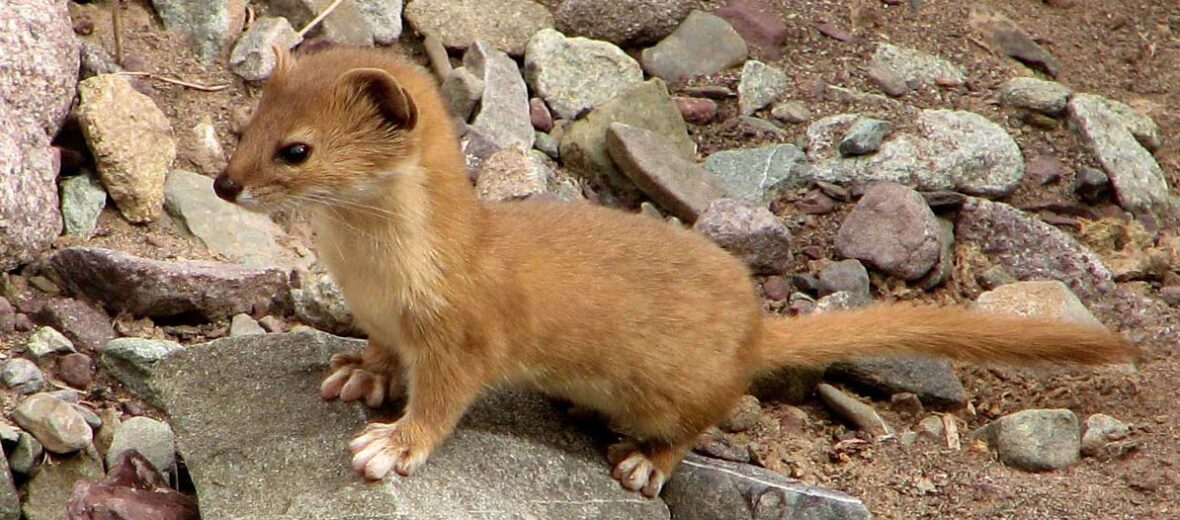
The Siberian weasel, aka yellow weasel, Siberian mountain weasel, Himalayan weasel or Kolinsky, are widespread throughout the mountains, tundra, and forested regions of central, east, and southeast Asia. They are in the same genus as ferrets, minks, polecats, and stoats. These critters may look cute and furry, but they are known, the world over, for their almost serial killer tendencies. Due to their stable numbers, Siberian weasels are listed as Least Concern by the IUCN. This article is on special request from my friend, Shawn.
First the Stats…
Scientific name: Mustela sibirica
Weight: Up to 1.2 lbs.
Length: Up to 1.2 feet, plus up to a 2 inch tail
Lifespan: Up to 8 years
Now on to the Facts!
1.) These weasels are nocturnal (active at night).
2.) When hunting, these critters, like other mustelids, will perform a war dance. This is where they will hop and scamper about in an attempt to entrance their prey to catch them off guard.
3.) Siberian weasels make their homes in tree stumps and abandoned burrows. They will also line their home with grass and leaves, for bedding.
4.) They prey on rabbits, mice, voles, small birds, eggs, lizards, amphibians, and insects.
5.) These critters are preyed on primarily by owls and other birds of prey.
But wait, there’s more on the Siberian weasel!
6.) Weasels kill their prey via a powerful bite to the back of the neck. Then take their kill back to the burrow. Sometimes killing multiple victims in a single night!
7.) The Siberian weasel breeds between April – August.
Did you know…?
When necessary, just like skunks, they can spray a thick, yellow, oily substance that smells horrible!
8.) Females produce up to 6 kits each breeding season.
9.) Kits are able to fend for themselves by 5 – 8 weeks of age.
10.) Siberian Weasel fur tends to make the finest water color & oil paint brushes. It is especially sought after by discerning artists. Subsequently, the Kolinsky sable-hair brush is actually made by using the winter fur of the male Siberian Weasel, not the sable.
But wait, there’s still more on the Siberian weasel!
11.) A group of weasels is called a boogle. Cute name for a group of serial killers.
12.) And yes, it’s true… They have actually been seen riding birds. Not by the bird’s choice though.
Now a Short Siberian Weasel Video!
Also, check out the Critter Science YouTube channel. Videos added frequently!
Want to suggest a critter for me to write about? Let me know here.



